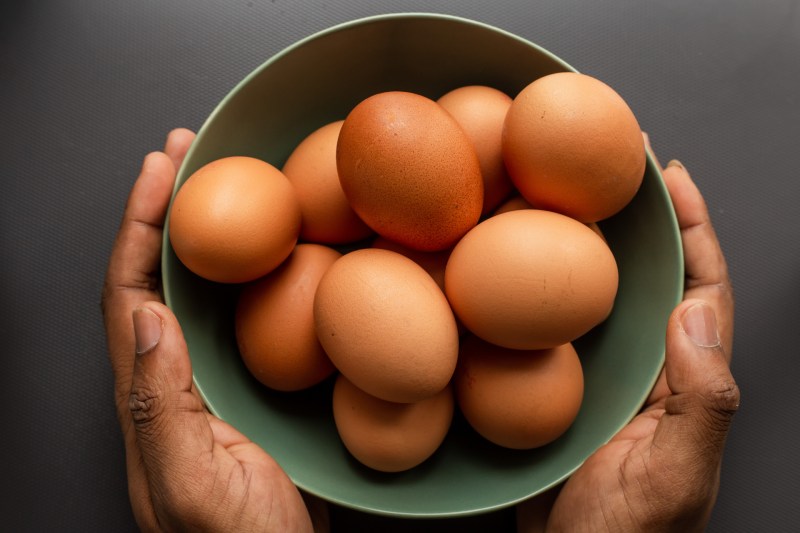In a frustrating, yet somehow wholesome turn of events, eggs have been added as the newest addition to the long list of illicit items being smuggled over the Mexican/U.S. border.
Between November 1 and January 17, U.S. Customs and Border Protection agents reported over 2,000 instances of attempted egg smuggling over the border, according to the New York Times. In the same 11-week period the year before, only 460 similar instances were reported.
The surge in this unusual crime is undoubtedly due to the increasing cost of eggs in the states. The guilty party? The avian flu, still wreaking fresh havoc on all birdkind as the days tick by without any real solution. From turkey shortages this past Thanksgiving to what’s now apparently turning into eggs being sold shadily in little plastic baggies, the effects of this gnarly virus are extraordinary.

According to the U.S. Department of Agriculture, avian influenza has affected more than 58 million birds in both commercial and backyard flocks. By the end of last year, the illness had killed more than 43 million egg-laying hens. Due to the egg shortage this continues to create, obviously, their cost has skyrocketed.
In Mexico, however, the price of a kilogram of eggs – which equates to more than a dozen jumbo eggs in American terms – is currently running between 31 and 50 pesos, or $1.59 to $2.79 in U.S. dollars. Compare that to our average of $7.37 per dozen in California, and a new career in the underground egg game starts to look interesting.
While it has been illegal to bring eggs and uncooked poultry into the U.S. from Mexico since 2012, most instances until now were simply cases of ignorance and a few discarded eggs as a consequence. Now, though, the powers that be are cracking down.
On January 17, San Diego Director of Field Operations, Sidney Aki, tweeted, “The San Diego Field Office has recently noticed an increase in the number of eggs intercepted at our ports of entry. As a reminder, uncooked eggs are prohibited entry from Mexico into the U.S. Failure to declare agriculture items can result in penalties of up to $10,000.” For ten thousand bucks, you can buy at least a couple of weeks’ worth of eggs, so maybe it’s best not to risk it.
Either way, no matter how you get your eggs home this week, we recommend storing them in the refrigerator…removed of all duct tape and white, powdery residue.
Editors' Recommendations
- Improve your hair: 14 delicious biotin-rich foods to add to your diet right now
- The right loafers can make you as stylish as a movie icon
- Elevate your takeout food with the right wine (they’re all under $22, too!)
- A novice cheesemaker’s guide on how to make cheese at home
- You can now get this Michelin-quality beef delivered to your home




